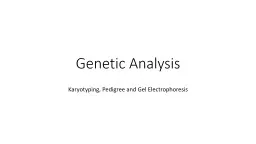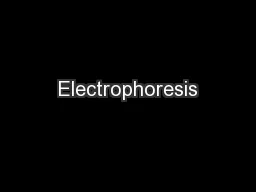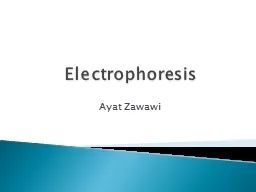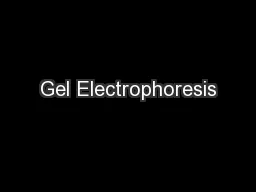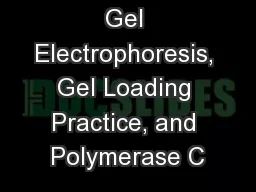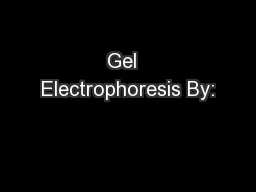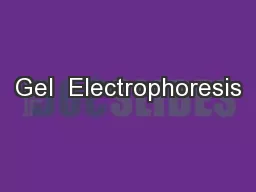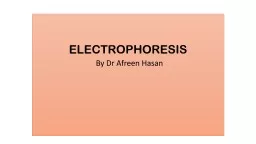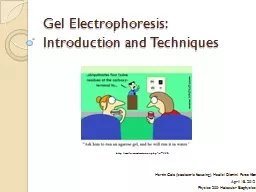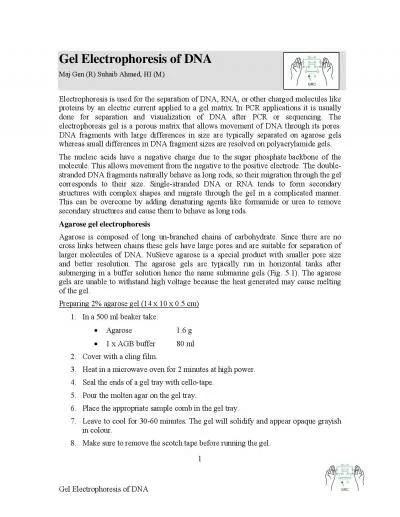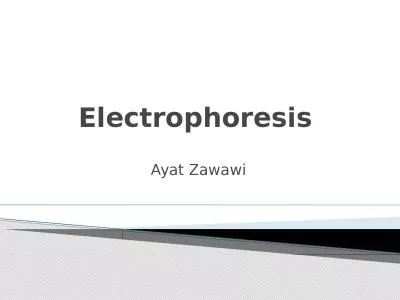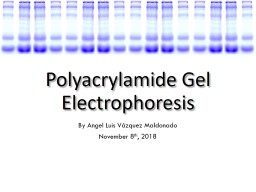PPT-Genetic Analysis Karyotyping, Pedigree and Gel Electrophoresis
Author : shoulderheinz | Published Date : 2020-06-23
Vocabulary Karyotype Autosome Sex chromosome Nondisjunction Monosomy Trisomy Pedigree Carrier Restriction enzyme Restriction site Restriction fragment Sticky ends
Presentation Embed Code
Download Presentation
Download Presentation The PPT/PDF document "Genetic Analysis Karyotyping, Pedigree a..." is the property of its rightful owner. Permission is granted to download and print the materials on this website for personal, non-commercial use only, and to display it on your personal computer provided you do not modify the materials and that you retain all copyright notices contained in the materials. By downloading content from our website, you accept the terms of this agreement.
Genetic Analysis Karyotyping, Pedigree and Gel Electrophoresis: Transcript
Download Rules Of Document
"Genetic Analysis Karyotyping, Pedigree and Gel Electrophoresis"The content belongs to its owner. You may download and print it for personal use, without modification, and keep all copyright notices. By downloading, you agree to these terms.
Related Documents

